The Bailén museum hosts a permanent exhibition of the battle, the most important of the Peninsula War
By Nick Nutter | Updated 15 Mar 2022 | Jaén | Museums |
Login to add to YOUR Favourites or Read Later
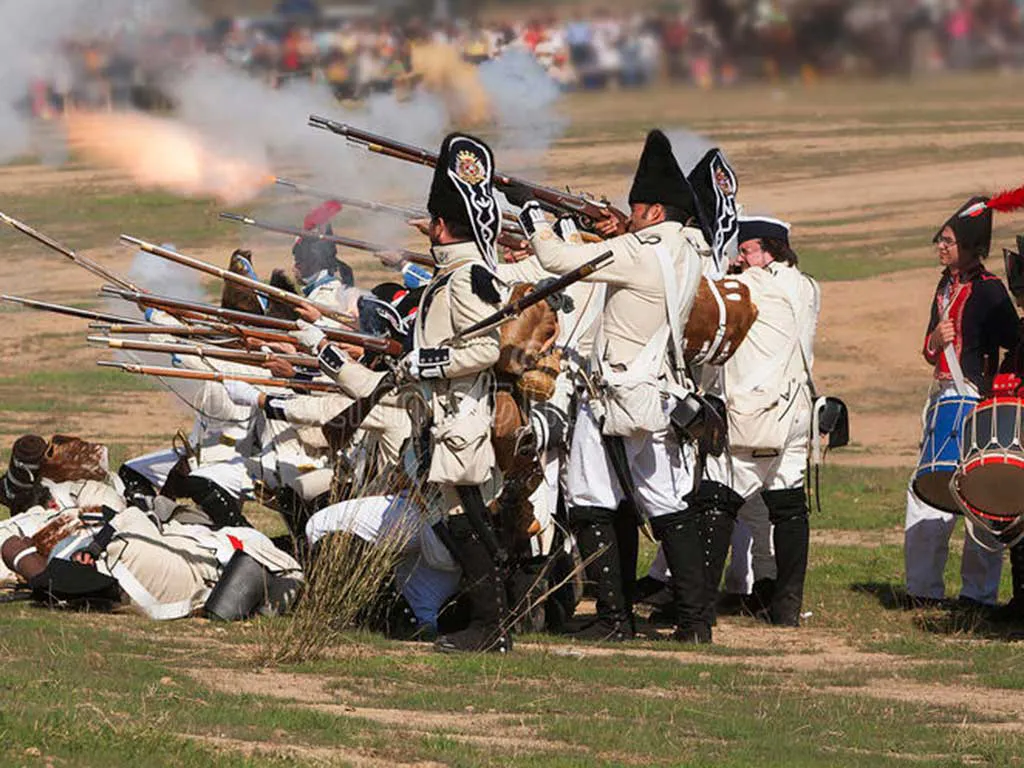
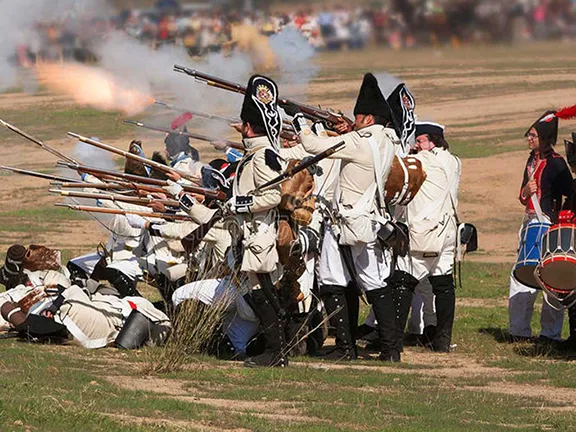
Battle of Bailen re-enacted
The museum of the Battle of Bailén is situated in the town of the same name. The museum hosts a permanent exhibition of the battle, the most important of the Peninsula War. It is interesting to see the Spanish more romantic view of the battle. Still, it was a great victory.
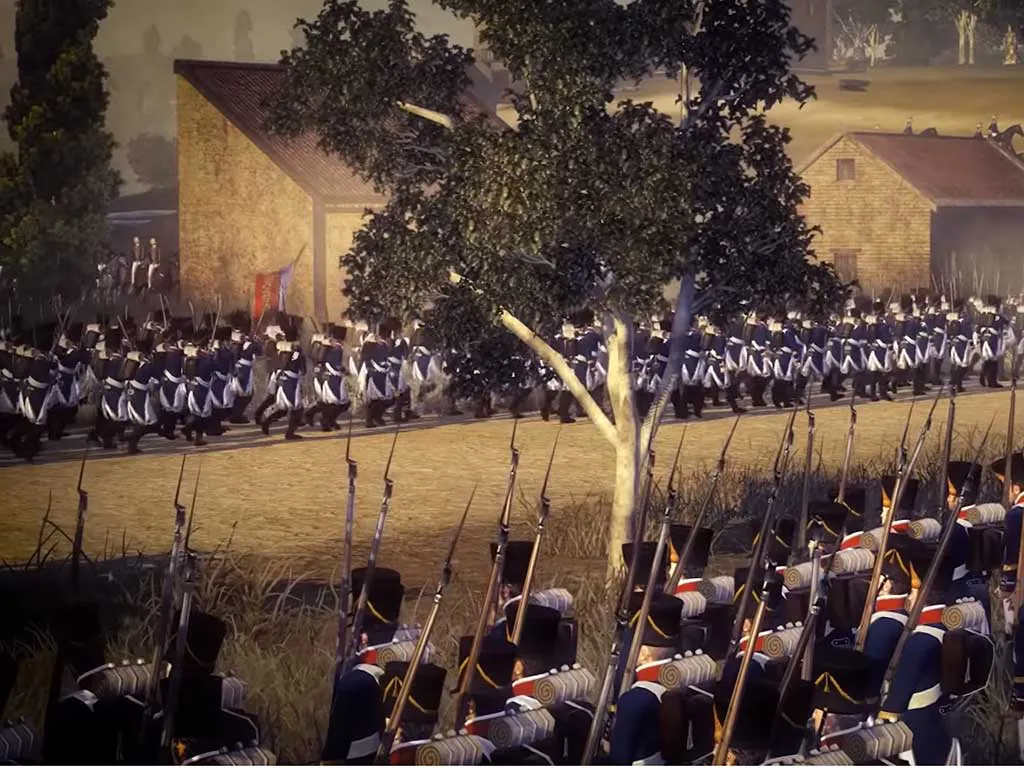
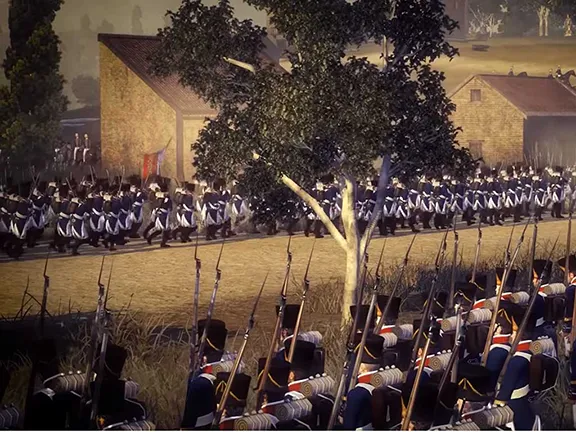
Battle of Bailen re-enacted
After the Franco-Spanish fleet was defeated at the Battle of Trafalgar in 1805, eleven of the French ships sought refuge in the bay of Cádiz and were blockaded by a British squadron.
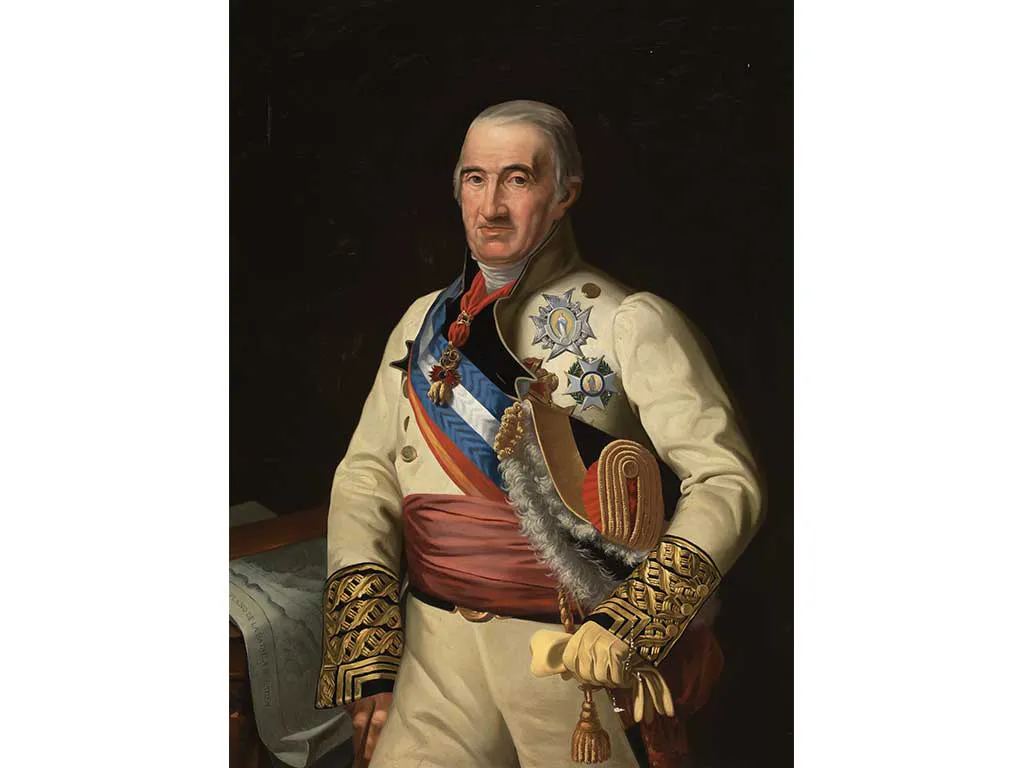
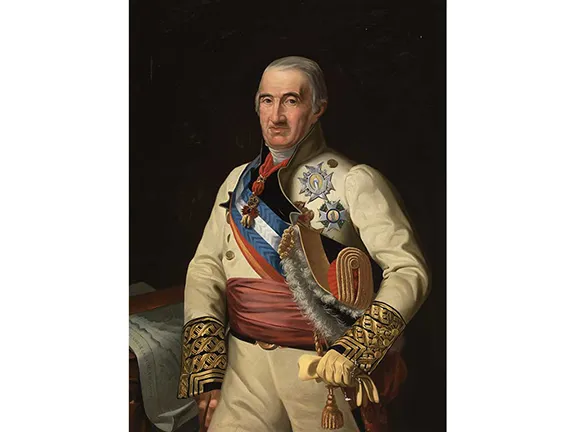
General Francisco Javier Castanos
Three years later, Spain rebelled against Napoleon and the French feared their ships at Cádiz would be taken by the Spanish. Napoleon sent one of his best generals, Pierre-Antoine, comte Dupont de l'Étang, into Spain to conquer Cádiz and liberate the fleet. Meanwhile the Spanish set up a provisional government in Seville and declared war on the French. The Spanish general, Francisco Javier Castaños Aragorri Urioste y Olavide, was put in command of the Spanish army.
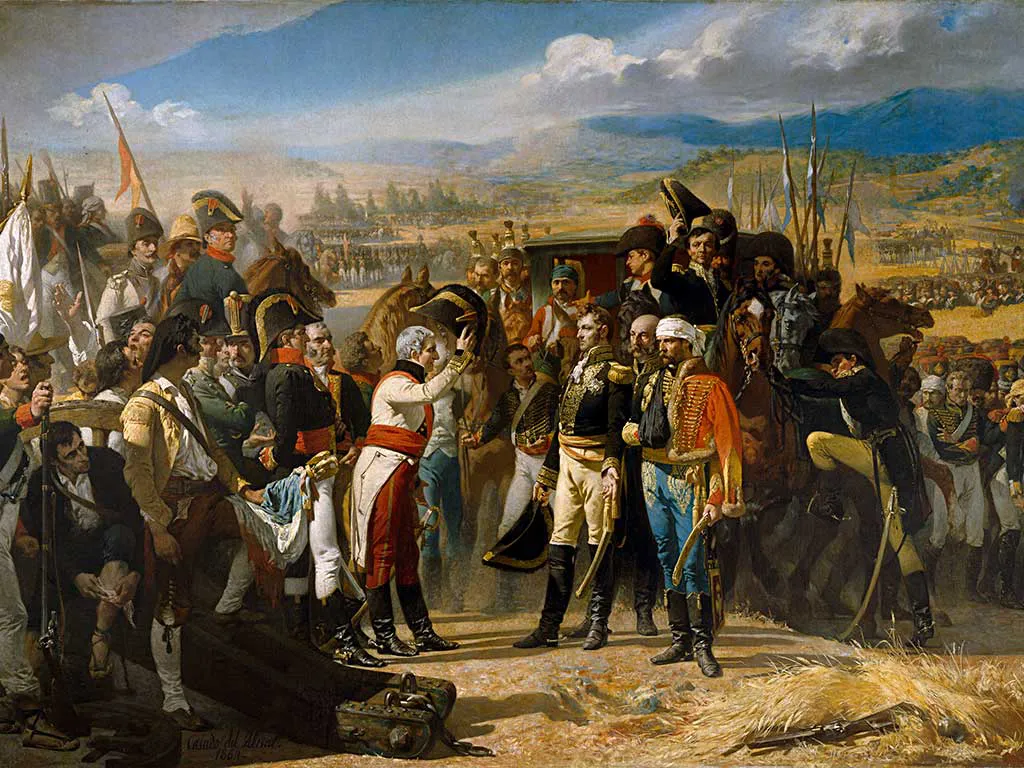
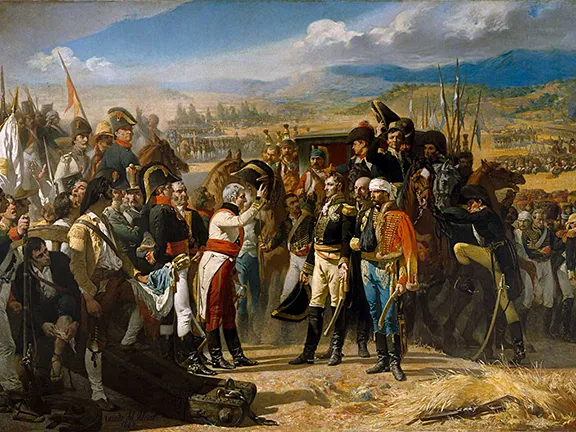
The surrender at Bailen
Dupont entered Spain in 1808 at the head of a motley corps made up of provisional battalions and Swiss troops impressed into French service from the Spanish Royal Army and occupied Madrid. Napoleon ordered Dupont to subdue Andalucia with his force that consisted of about 20,000 men.
On the 7th June 1808, the French forces met a small army of Spanish volunteers, about 3,000 strong, at the bridge of Alcolea over the Guadalquivir river, 10 kilometres from Córdoba, and easily defeated them. As a reward to his troops, Dupont marched into Córdoba and allowed them to sack the city. He left seventy troops to protect the bridge who were later massacred by guerrillas led by Juan de la Torre, the mayor of the town of Montoro.
Dupont allowed his troops to dally in Córdoba for four days. Meanwhile in Cádiz, five French ships of the line and a frigate were in the port. They were the only seaworthy vessels left out of the original eleven that had taken refuge there three years previously. After an engagement with the Spanish shore based batteries lasting five days, beginning on the 9th June, French Admiral François Étienne de Rosily-Mesros surrendered his entire squadron with the four thousand seamen then on board on the 14th. Castaños began to assemble a large army under the command of Marshall Teodoro Reding.
Dupont had lost his chance and attempted to return to Madrid burdened with some 500 wagons of loot and 1,200 ill soldiers. A French surgeon remarked: "Our little army carried enough baggage for 150,000 men. Mere captains required wagons drawn by four mules. We counted more than 50 wagons per battalion, the result of the plunder of Córdoba. All our movements were impeded. We owed our defeat to the greed of our generals."
Castaños planned to cut off Dupont’s retreat via the Despenaperros Pass in northern Jaén province and the two armies met at Bailén, thirty kilometres north of the city of Jaén on the 16th July 1808.
Between 16th and 19th July, the Spanish forces converged on the French positions that were stretched out along villages on the Guadalquivir and attacked at several points, forcing the confused French defenders to move their divisions from one position to another and then back again. With Castaños pinning Dupont downstream at Andújar, Reding successfully forced the river at Mengibar and seized Bailén, interposing himself between the two wings of the French army. Caught between Castaños and Reding, Dupont attempted in vain to break through the Spanish line at Bailén in three bloody and desperate charges, suffering 2,000 casualties. Dupont himself was wounded. With his men short of supplies and without water in sweltering heat, Dupont entered into talks with the Spanish.
Over 17,000 men, including a French relief force under general Dominique Honoré Antoine Vedel, that had arrived too late to take part in the battle, were captured. Under the terms of the surrender agreement, the French prisoners of war were to be repatriated to France, but the Spanish did not honour the surrender terms and transferred them to the island of Cabrera, where most died of starvation.
The Battle of Bailén was the first major defeat that the invincible French Imperial army had suffered and the outcome forced Napoleon to largely abandon Spain. Napolean, outraged by the defeat, personally took charge of his 250,000 strong Grand Armee and invaded the entire Iberian Peninsula in 1809.
Bailén celebrates the victory every year on the 19th July, when the Army of Córdoba re-enact the battle.
For opening times and prices of the Battle of Bailén museum click here